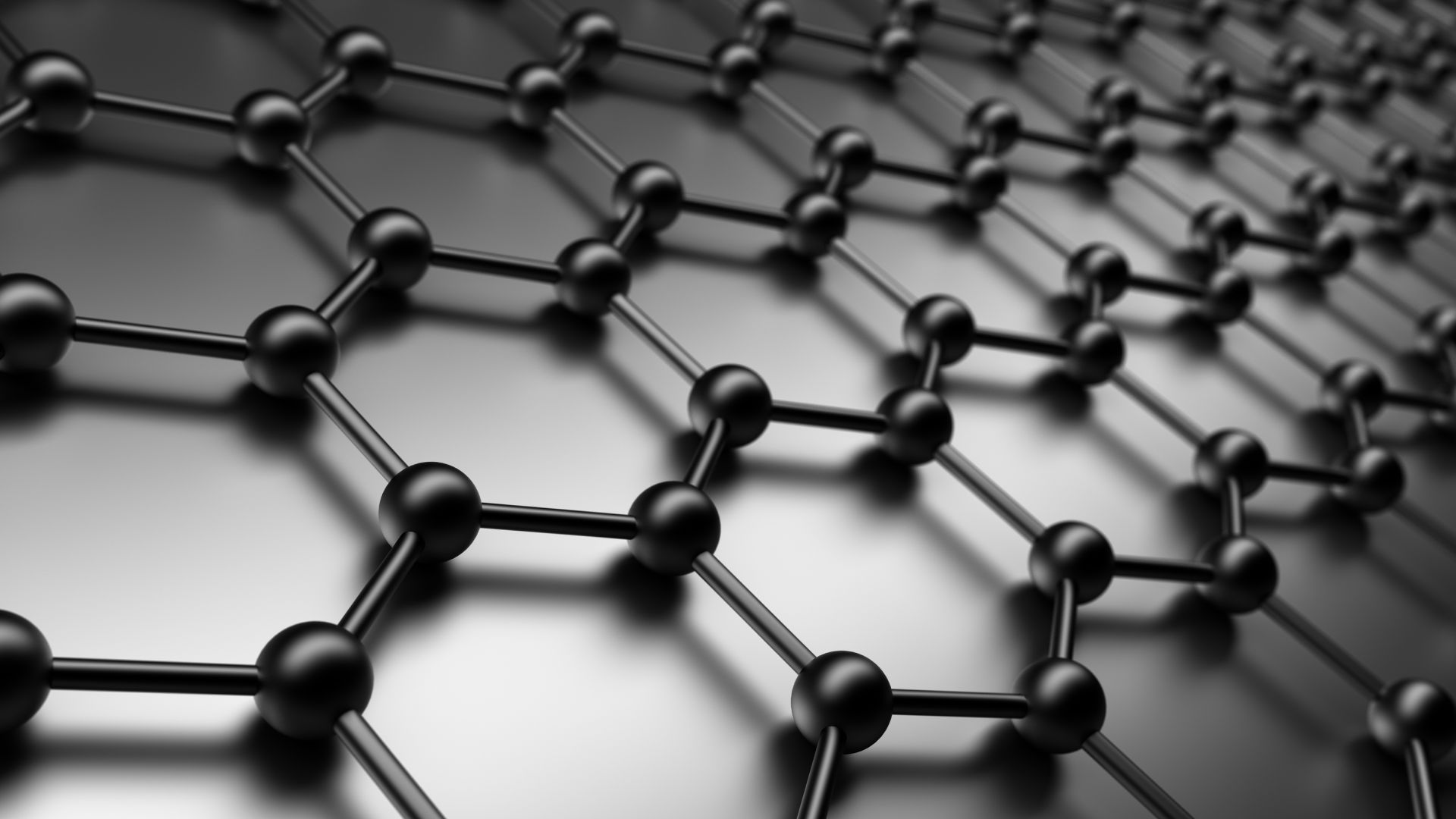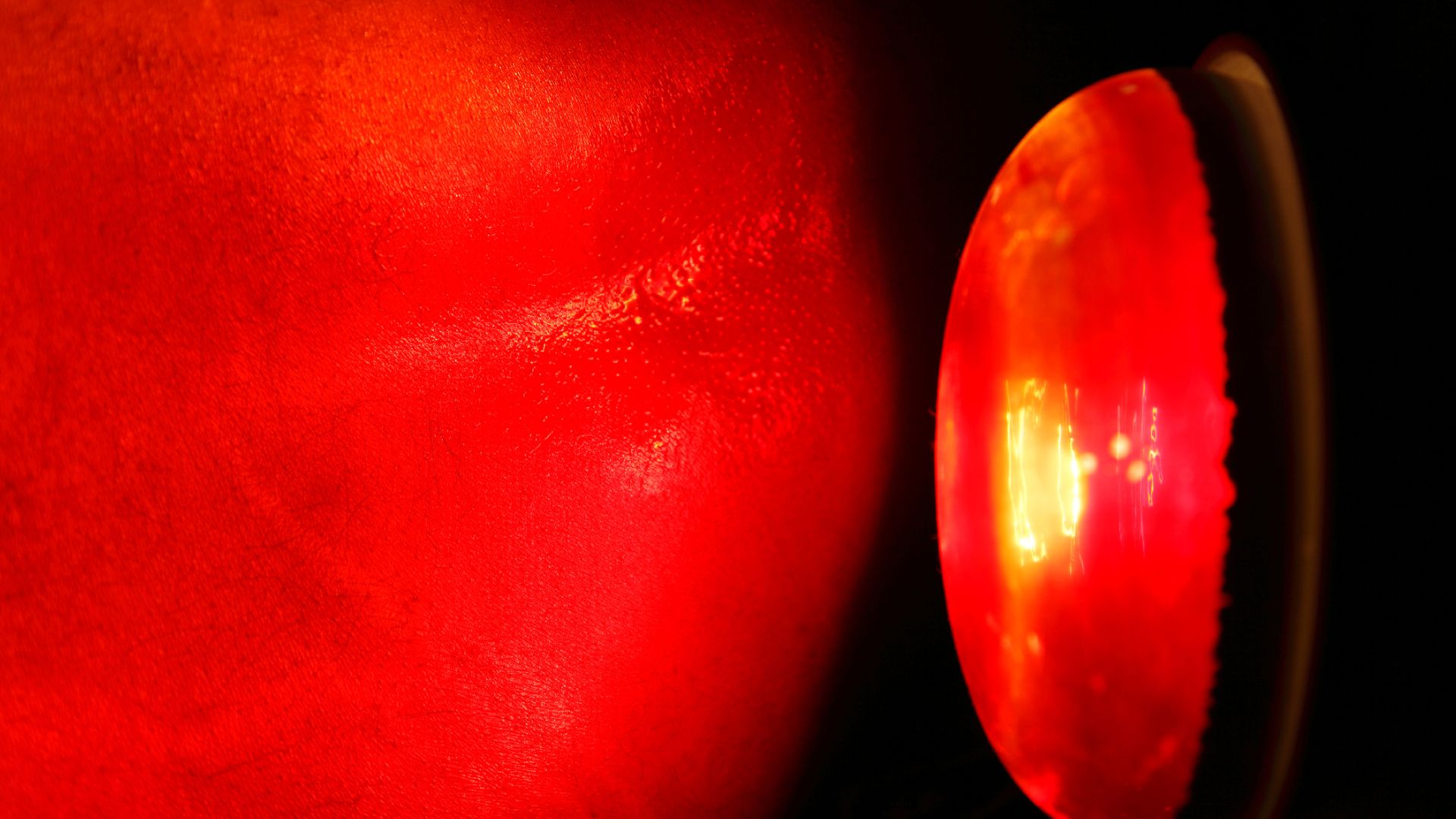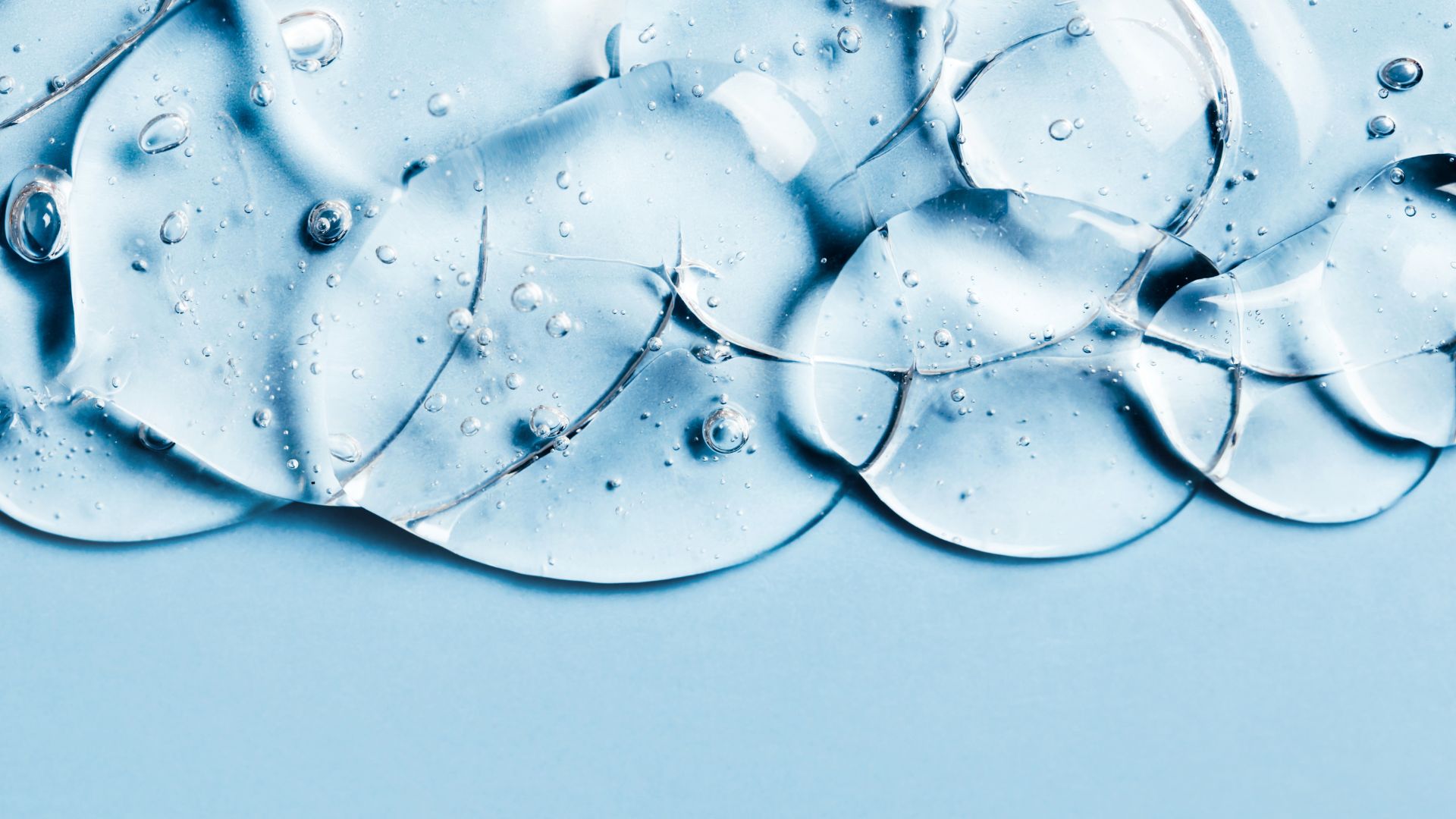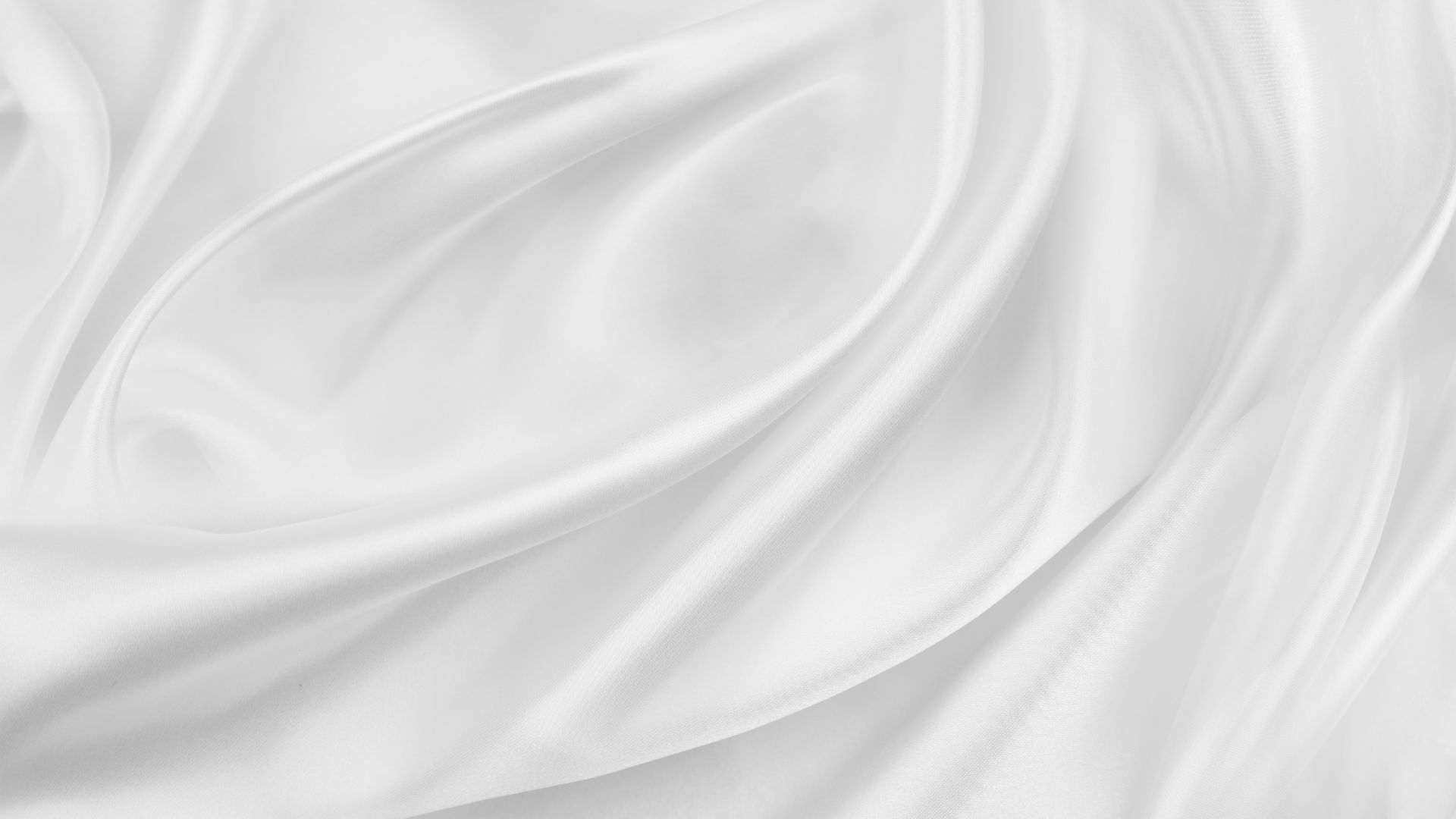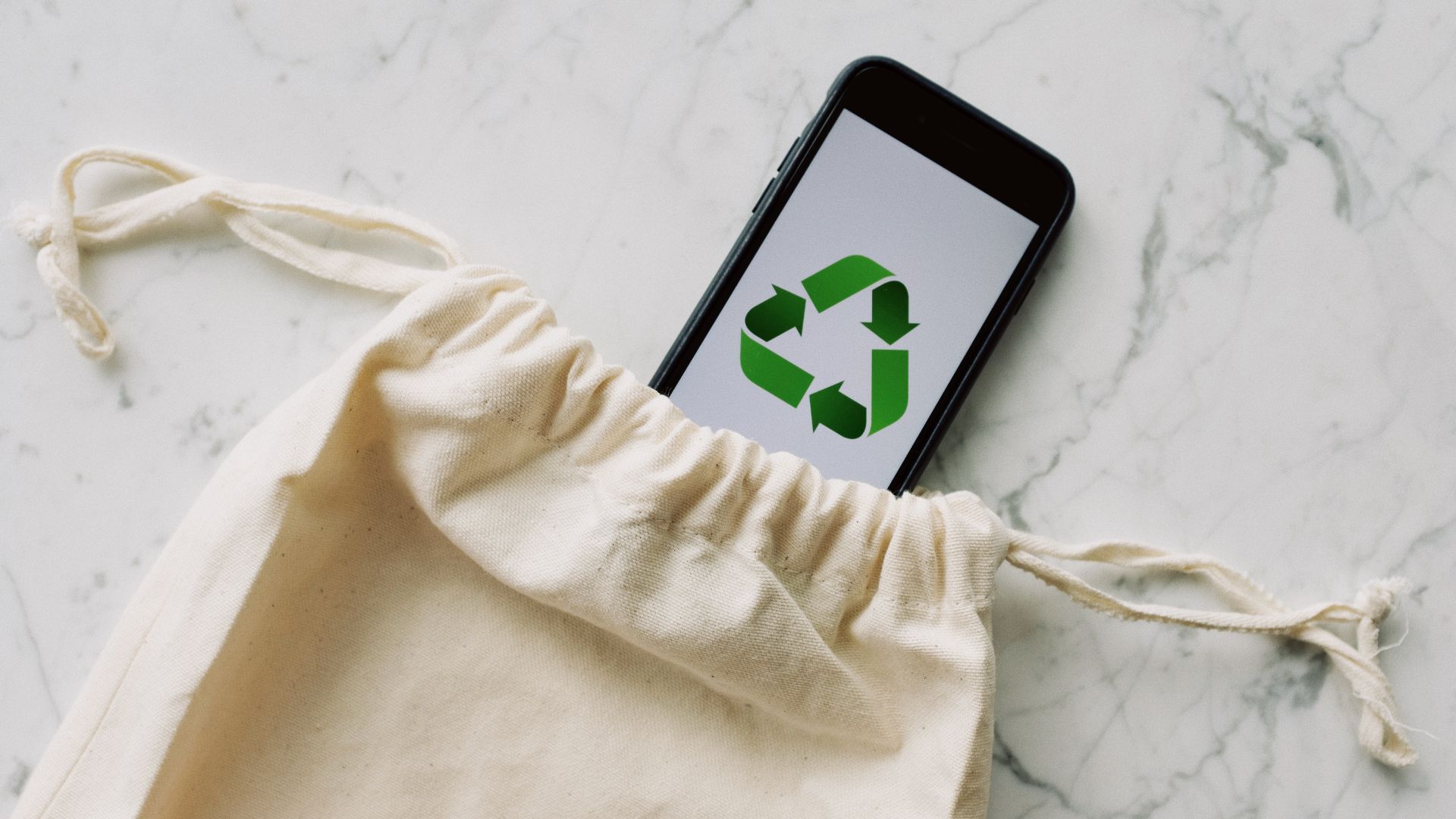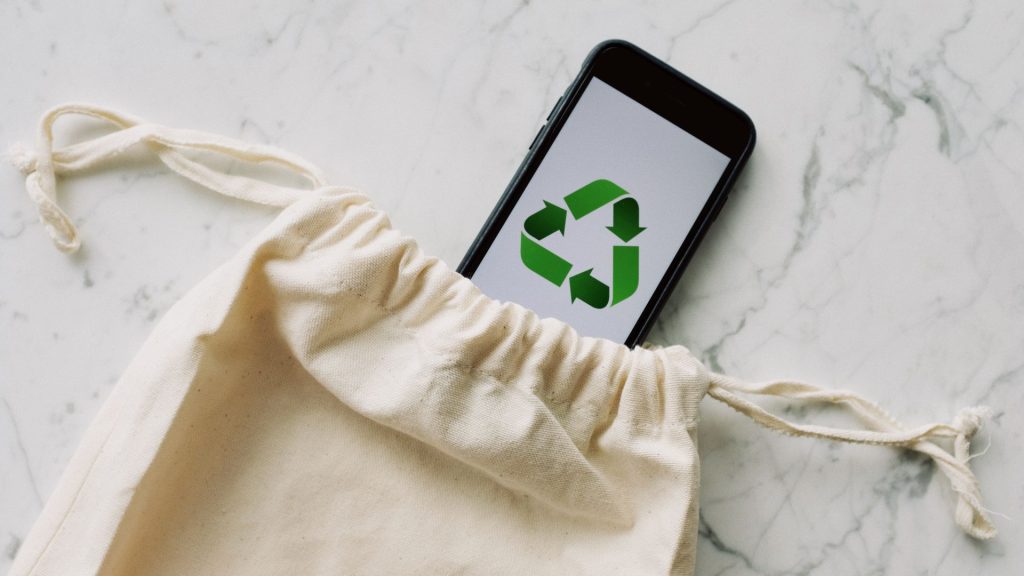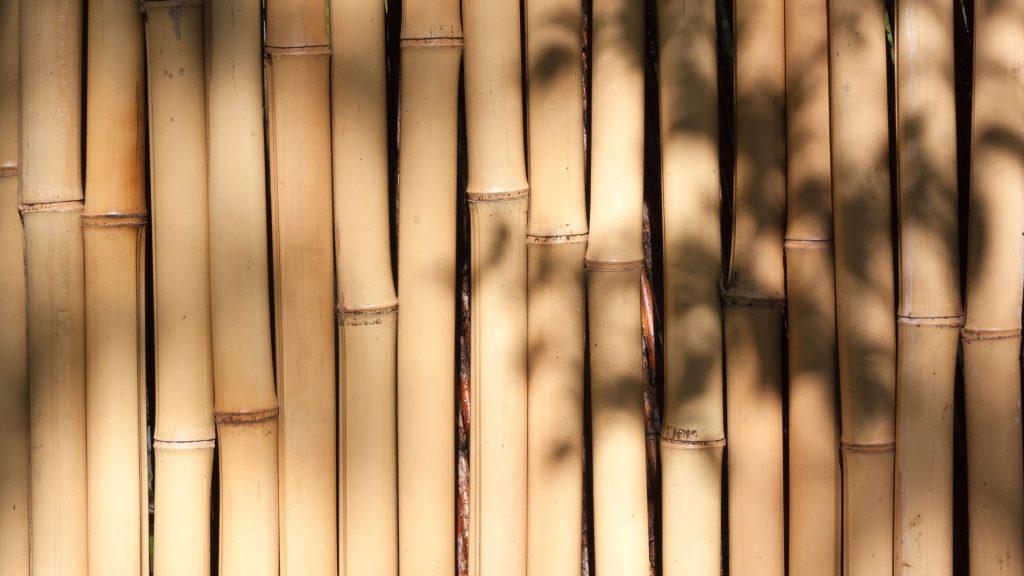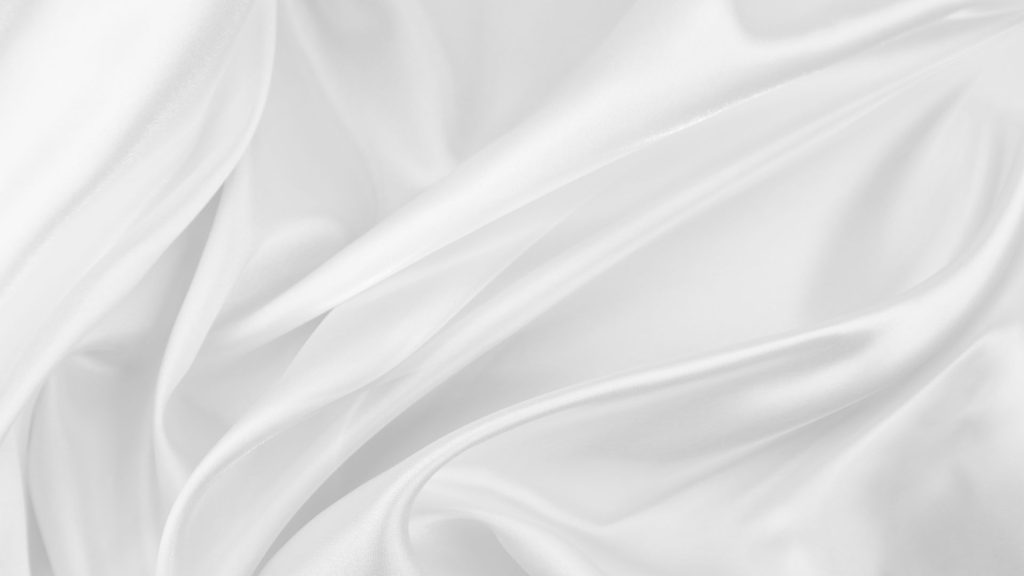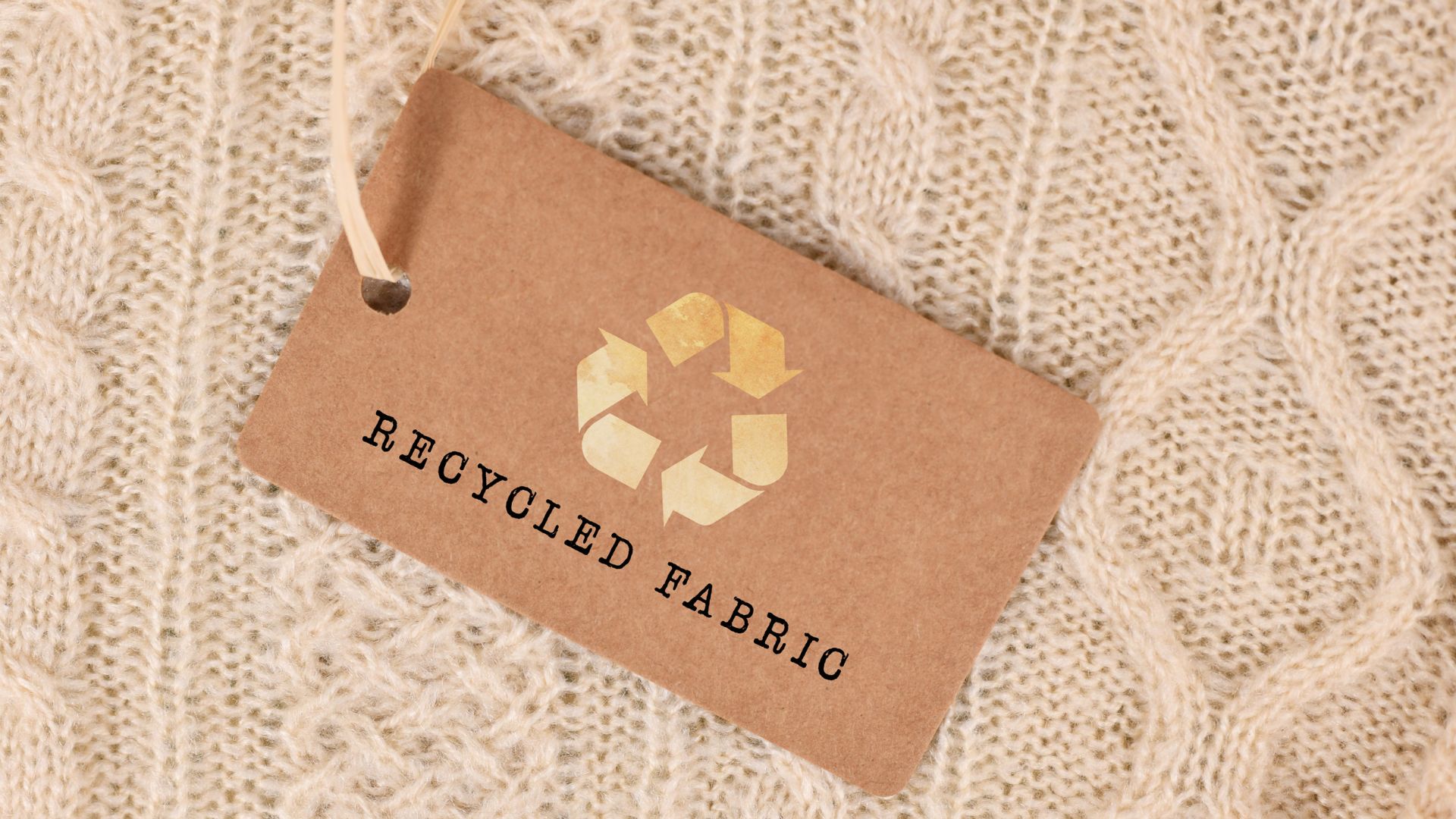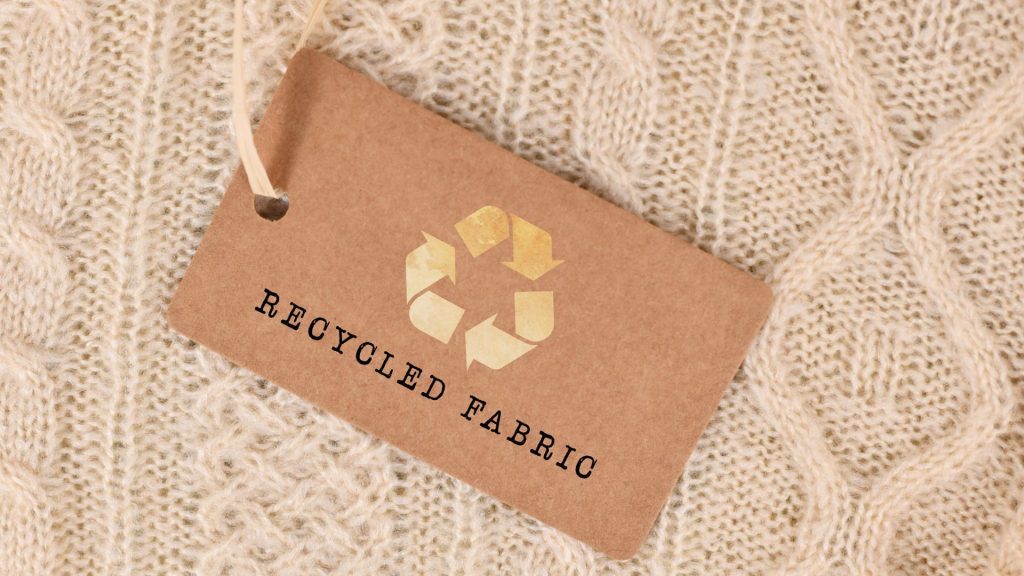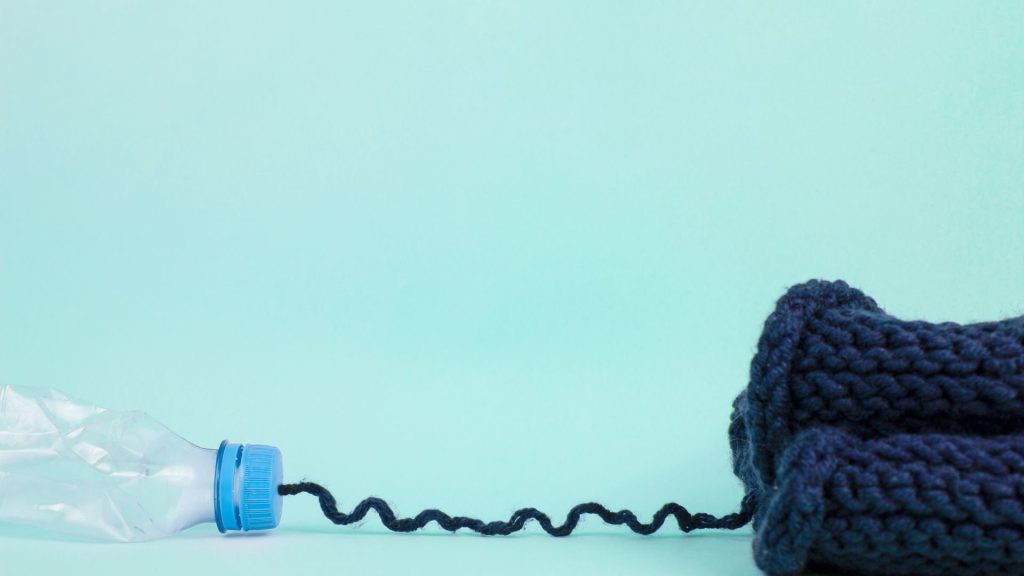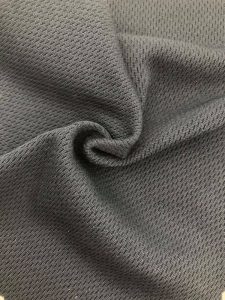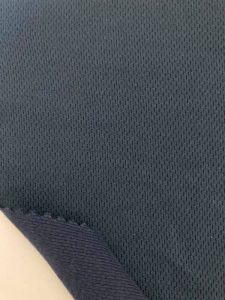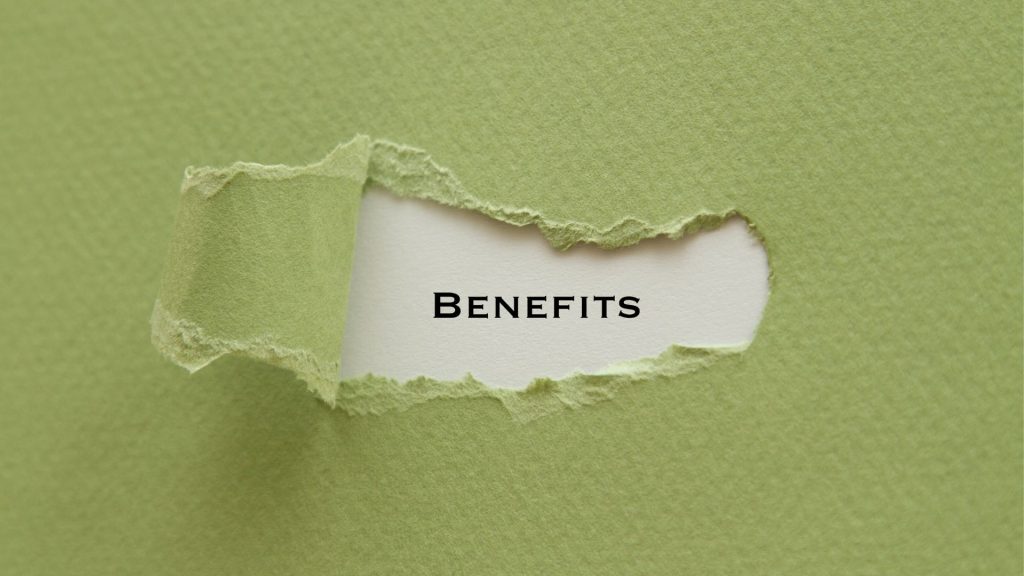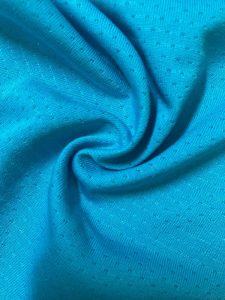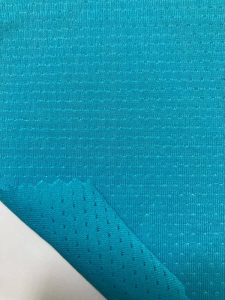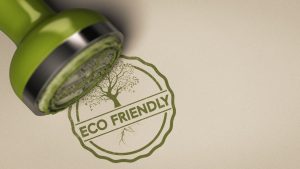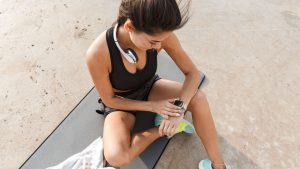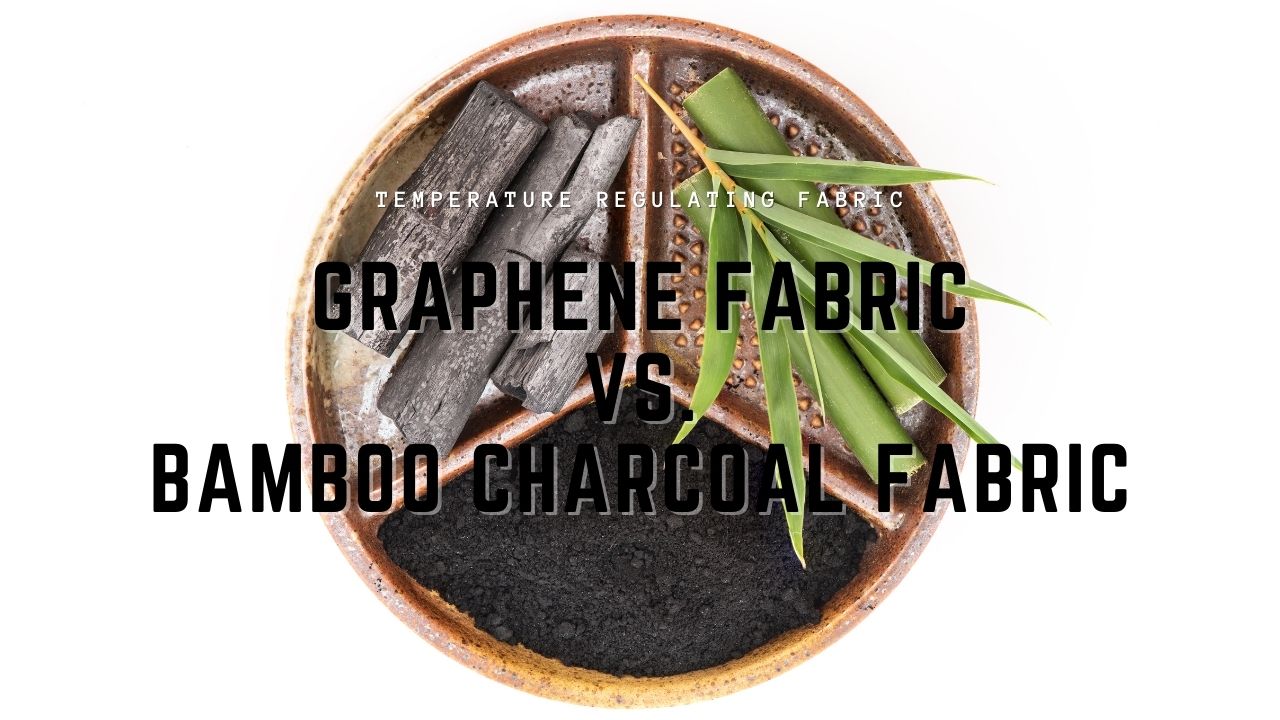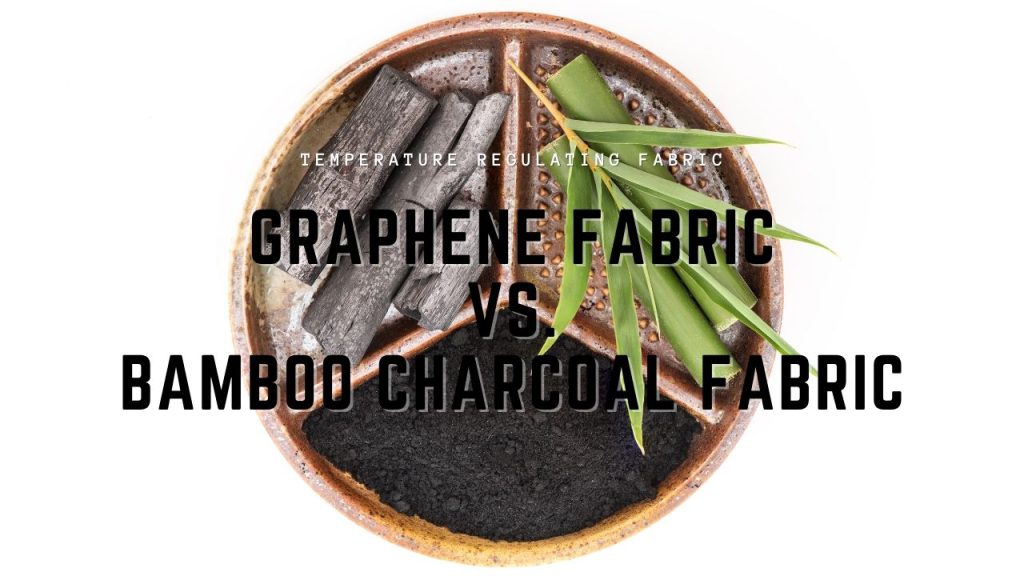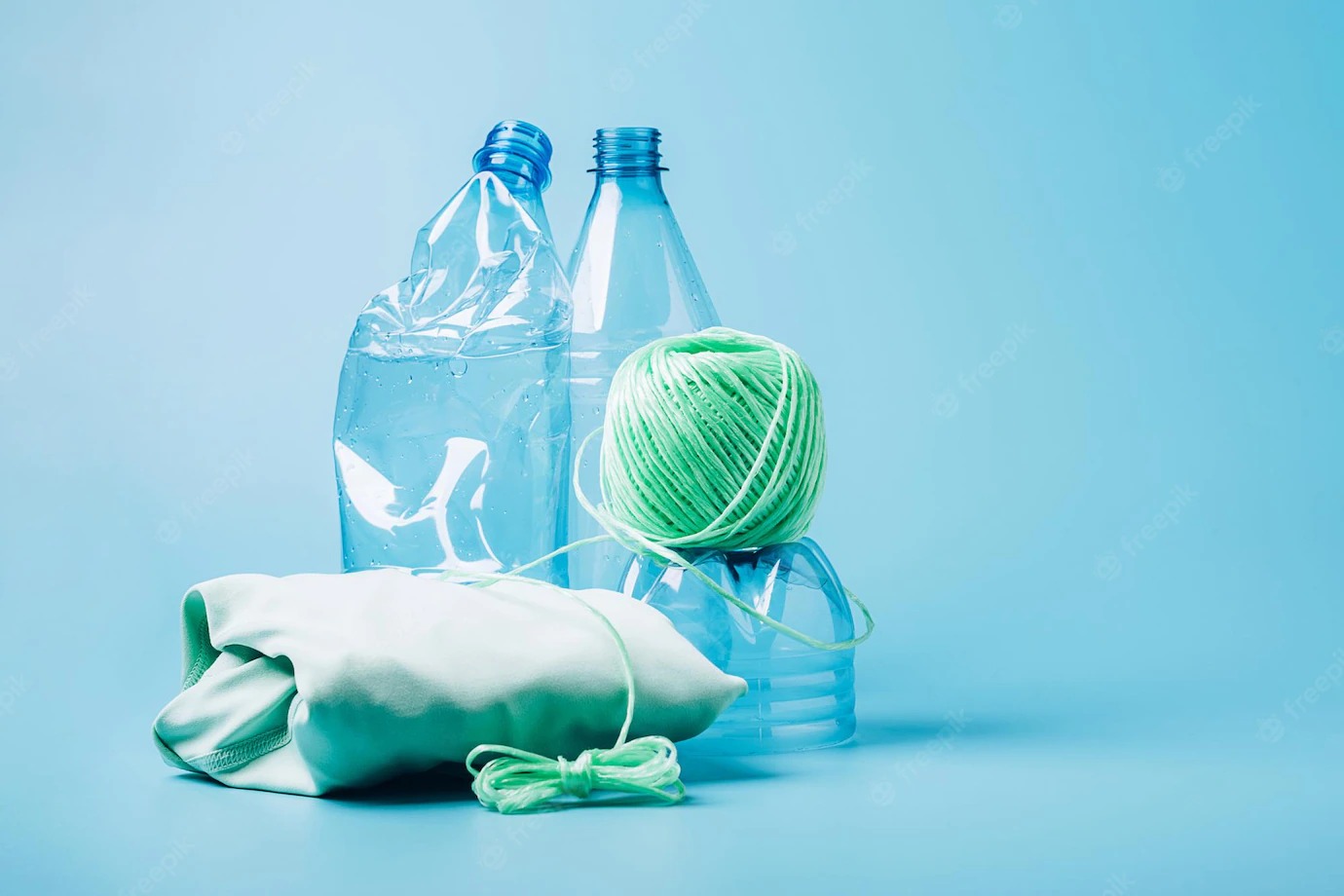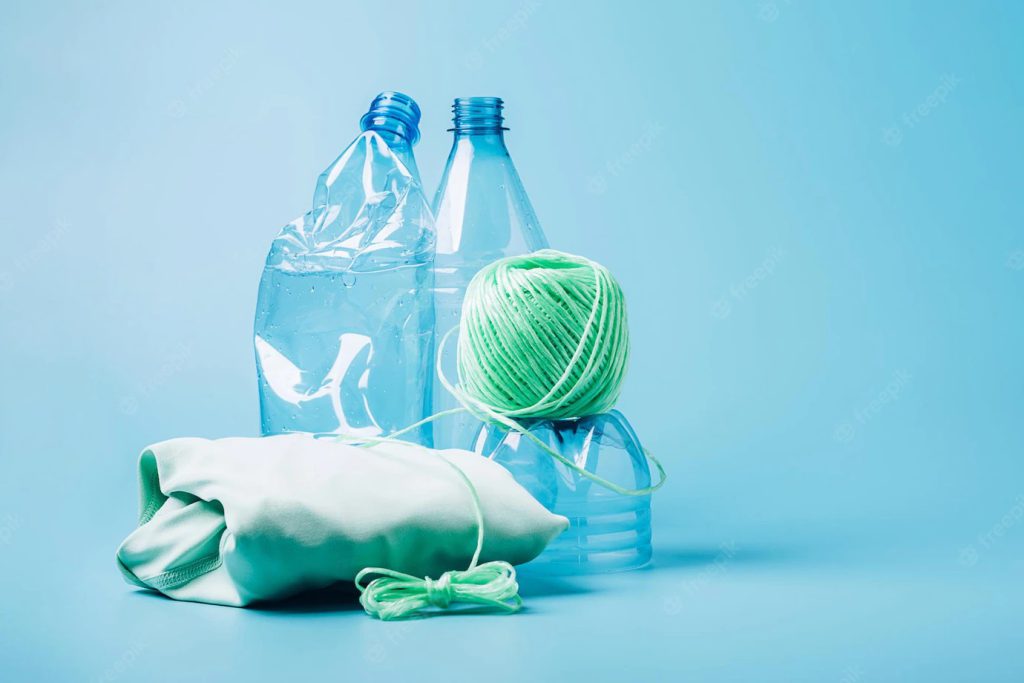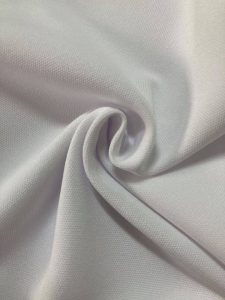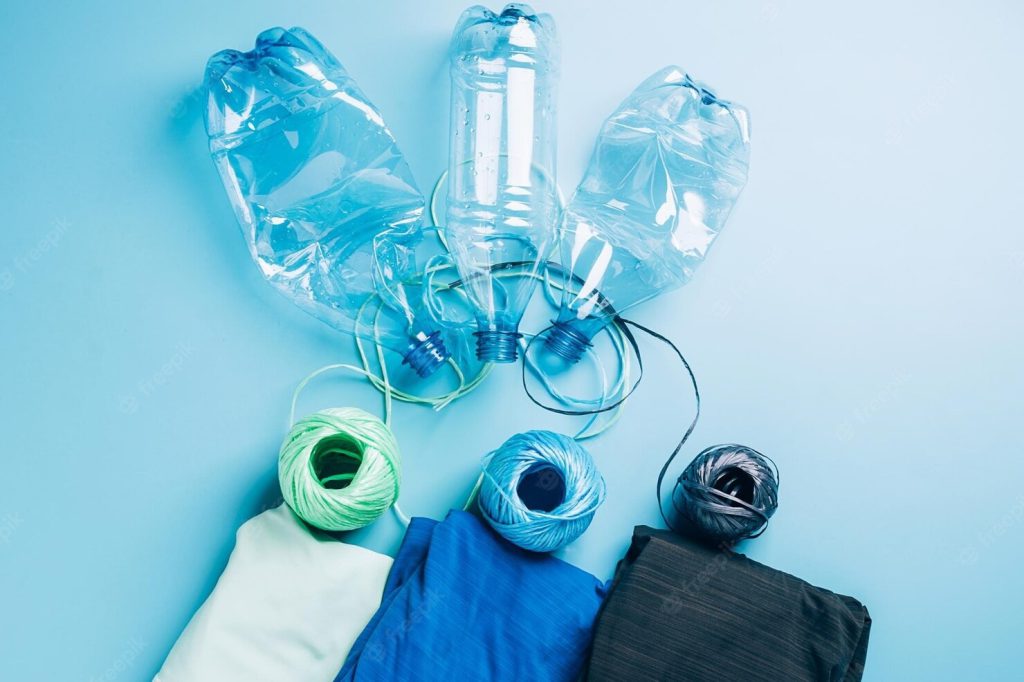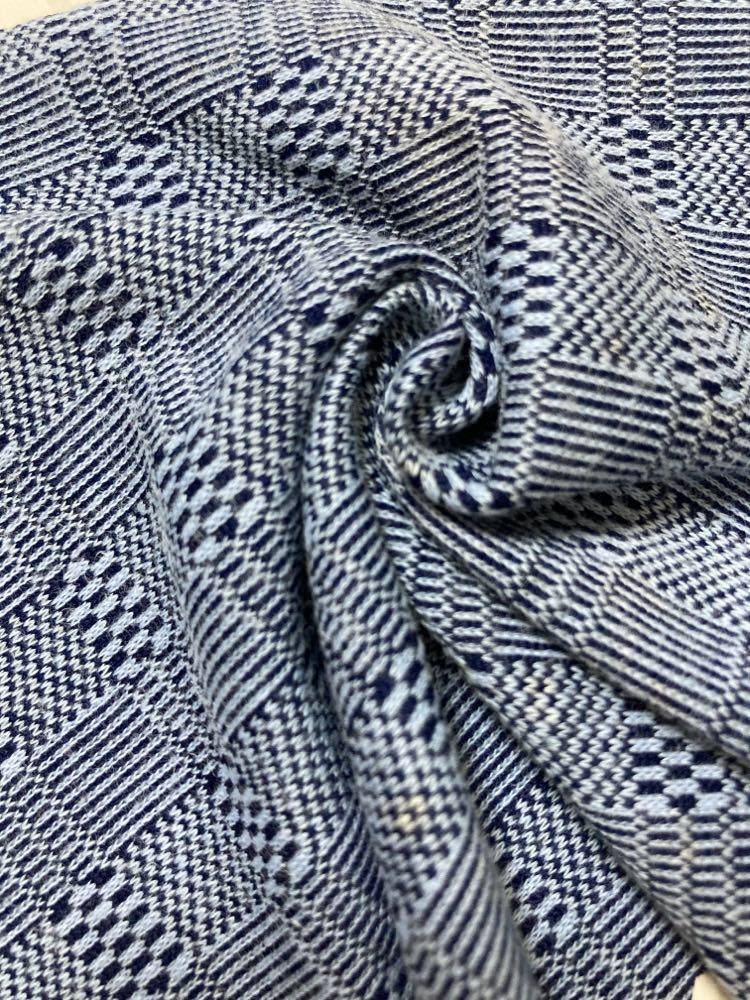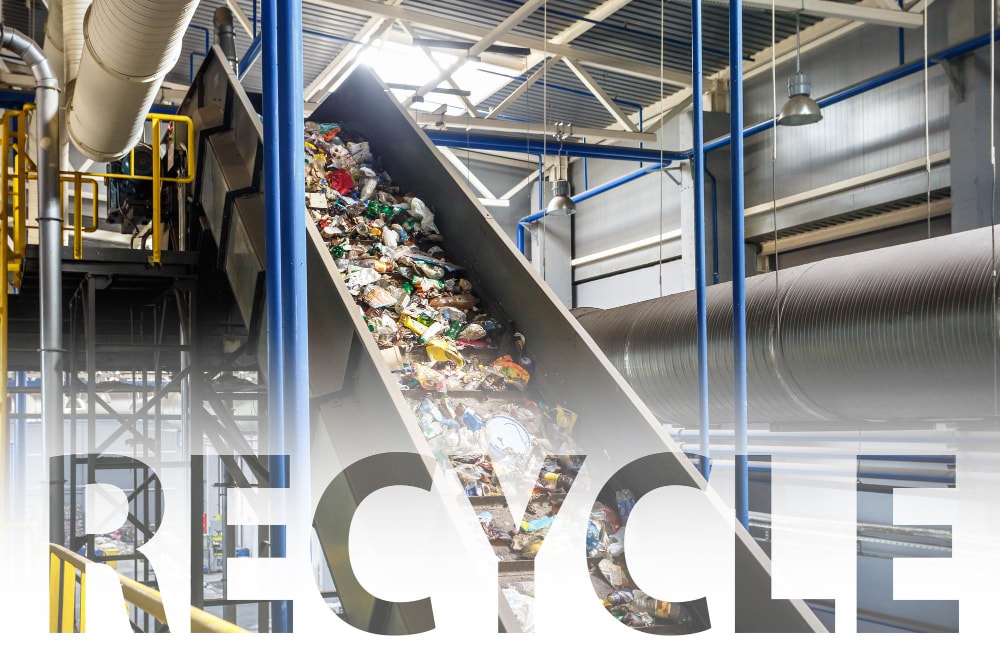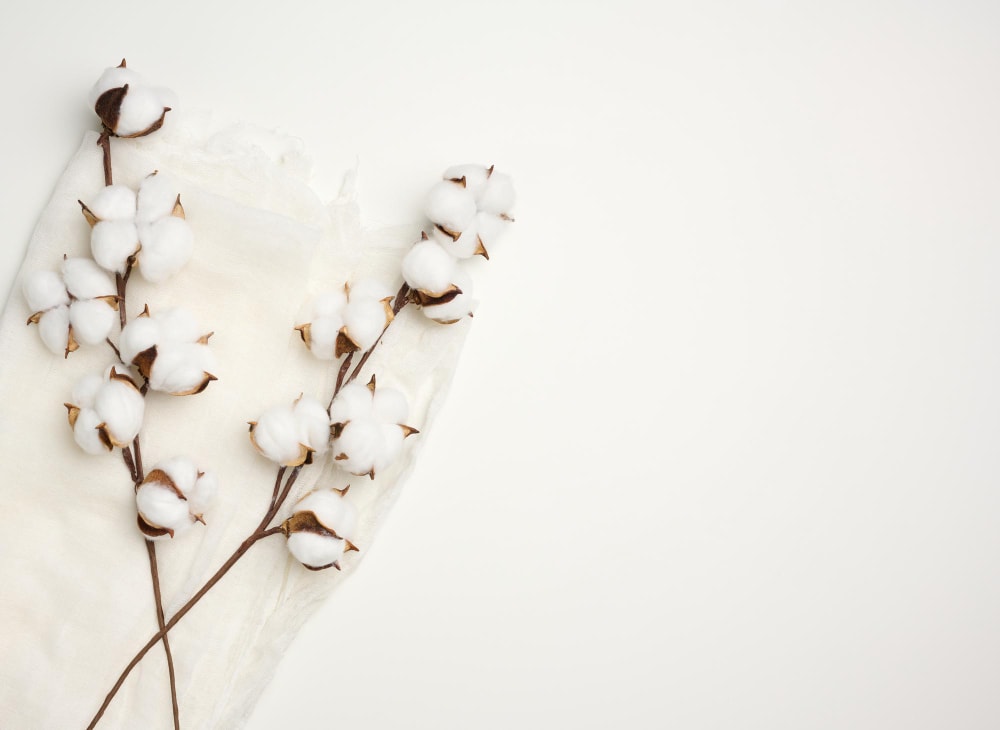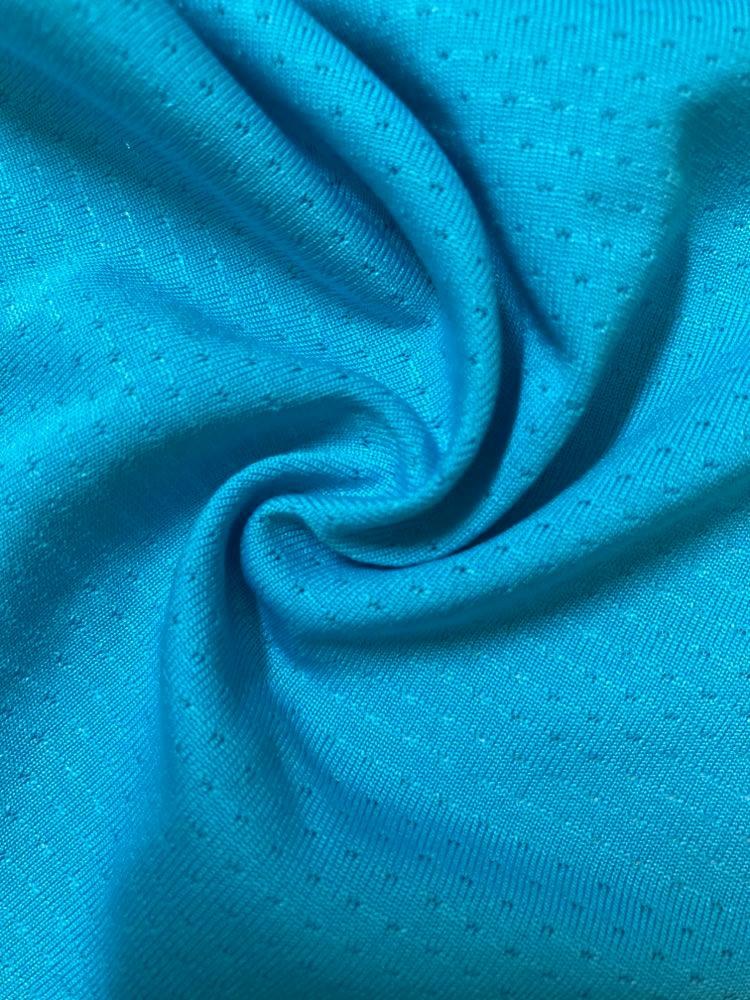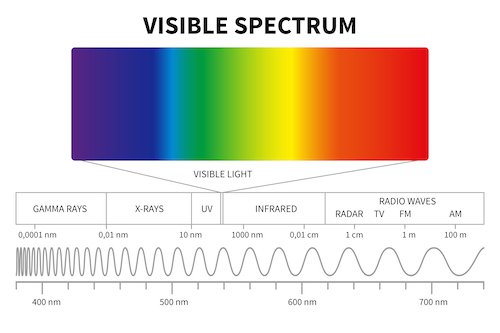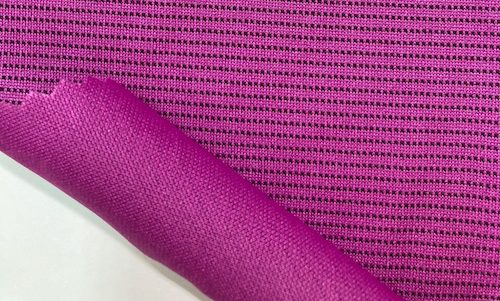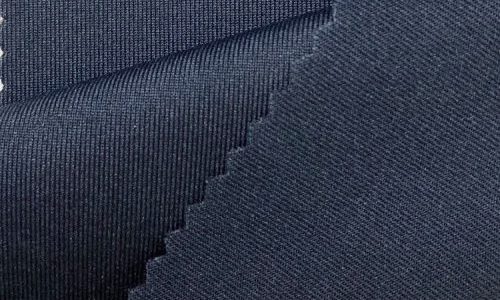
Have you ever wondered how the clothes we wear or the fabrics we use every day impact the environment? With the growing awareness of sustainability, more people are shifting towards eco-friendly alternatives.
Green fabrics offer an excellent solution by using materials and production processes that are better for the Earth. But what is green fabric and what are the benefits of using green fabric? Let’s dive into the world of green fabrics and explore their benefits together!
What is a green fabric?
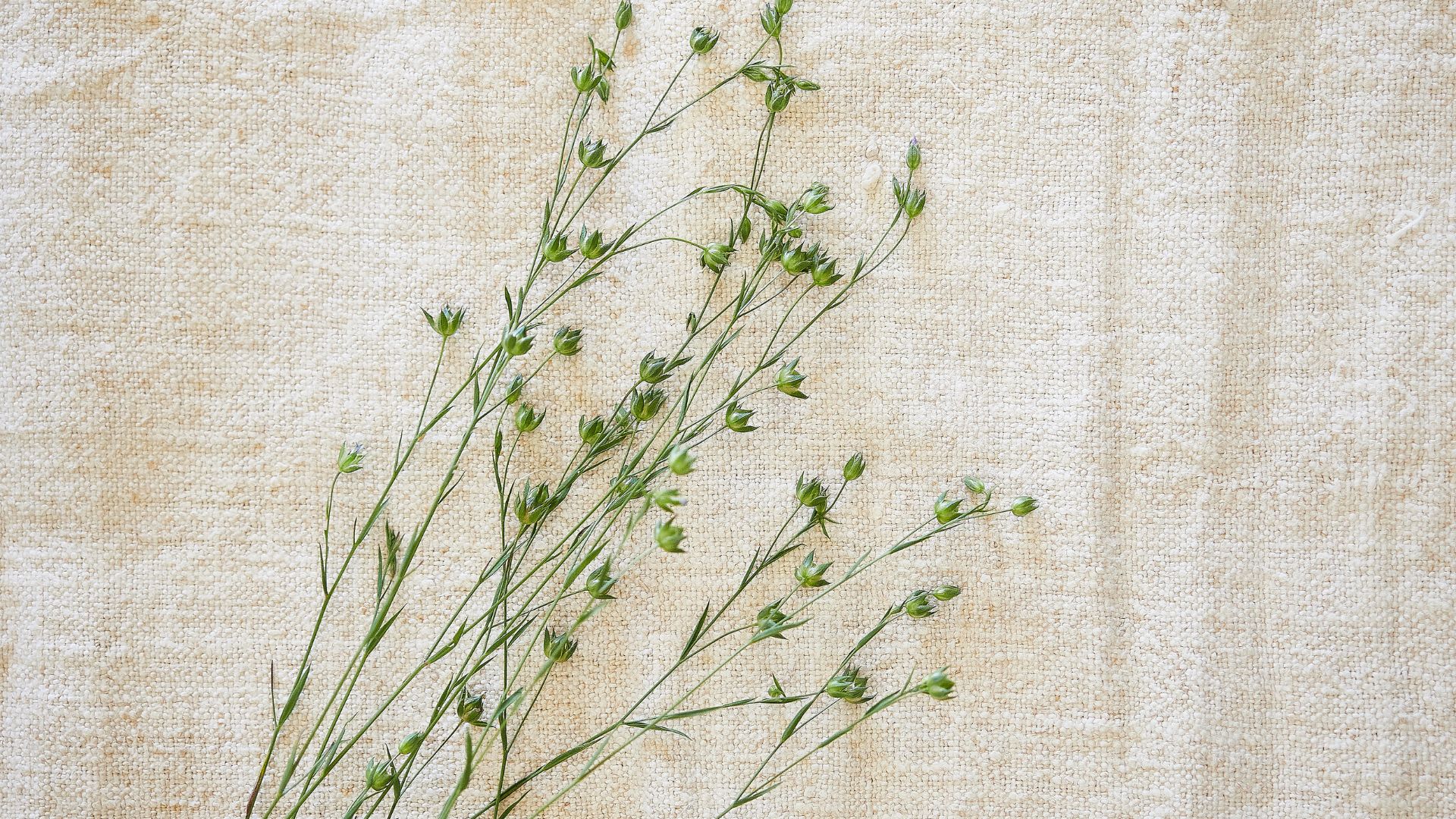
Green fabric refers to textiles produced with an emphasis on environmental sustainability. These fabrics are typically made from renewable, natural, or recycled materials and are manufactured using processes that reduce pollution and conserve resources.
The goal of green fabric is to minimize the negative impact on the environment while offering consumers eco-friendly alternatives to traditional textiles. Common green fabrics include organic cotton, linen, bamboo, and recycled polyester, all of which promote reduced water consumption, lower energy use, and less reliance on harmful chemicals in production.
Benefits of Using Green Fabric
1.Sustainable Resources:
Green fabrics are made from eco-friendly materials such as organic cotton, recycled polyester, or bamboo, reducing the need for new raw materials and conserving natural resources.
2.Lower Carbon Footprint:
The production process of green fabrics involves less energy consumption and lower emissions, helping to reduce the overall carbon footprint.
3.Eco-Friendly Dyes:
Green fabrics are often processed with environmentally safe dyes and chemicals, reducing water pollution and harmful waste byproducts.
4.Ethical Manufacturing:
Supporting green fabrics means contributing to ethical labor practices and environmentally responsible production methods.
5.Durability and Longevity:
Green fabrics are generally more durable, which leads to longer-lasting products, reducing waste and promoting sustainable consumption.
These benefits make green fabrics a smart choice for both environmentally-conscious consumers and companies focused on sustainability.
Types of Eco-Friendly Fabrics
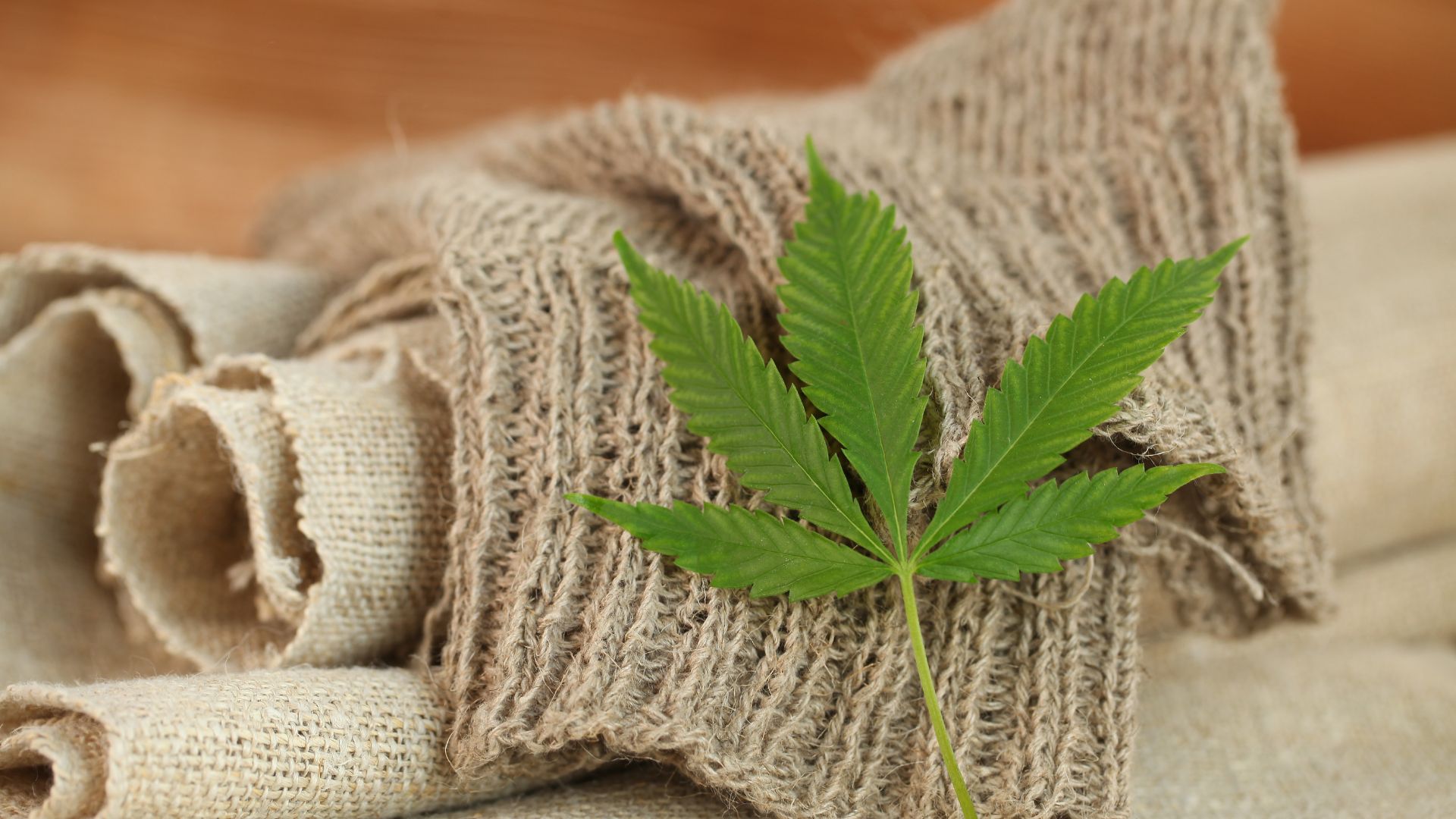
Eco-friendly fabrics, often referred to as sustainable or green fabrics, are made from materials that have minimal environmental impact during their production, use, and disposal. Here are some popular types:
1.Organic Cotton:
Grown without harmful pesticides or synthetic fertilizers, organic cotton reduces water usage and promotes soil health.
2.Bamboo Fabric:
Bamboo is a highly renewable resource, and the fabric made from it is soft, breathable, and biodegradable.
3.Tencel (Lyocell):
Made from wood pulp, Tencel is produced in a closed-loop process that recycles water and solvents, making it a highly sustainable option.
4.Recycled Polyester:
This fabric is made from recycled plastic bottles, reducing waste and the need for virgin polyester, which is derived from petroleum.
5.Linen:
Derived from flax plants, linen requires less water and fewer pesticides compared to cotton and is fully biodegradable.
These fabrics not only contribute to reducing environmental damage but also offer a range of qualities suitable for different applications, from fashion to home textiles.
【The Eco-Friendly Comfort of Bamboo Fiber and Cooling Fabrics】
【Are recycled fabrics safe? The Key to Reducing Carbon Footprints and Protecting the Planet】
Green Fabric vs. Traditional Fabric: A Comparison
When comparing green fabric to traditional fabric, several key differences emerge, primarily in the areas of environmental impact, production processes, and overall sustainability.
1.Environmental Impact:
- Green fabrics are made from organic, recycled, or renewable materials, reducing harm to the environment.
- Traditional fabrics, like polyester, are often petroleum-based and take hundreds of years to decompose.
- Conventional fabric production involves harmful chemicals and excessive water usage, contributing to pollution and resource depletion.
2.Production Processes:
- Green fabric production focuses on eco-friendly methods, such as reduced water consumption, non-toxic dyes, and energy-efficient processes.
- Traditional fabric production tends to rely on industrial processes that consume large amounts of energy and water, while generating significant waste.
3.Sustainability:
- Green fabrics promote sustainability by reducing carbon footprints, supporting ethical labor practices, and ensuring materials are biodegradable or recyclable.
- Traditional fabrics, especially synthetic ones, often lack a focus on sustainability, leading to greater waste and environmental impact.
| Aspect | Green Fabric | Traditional Fabric |
|---|---|---|
| Environmental Impact | Made from organic, recycled, or renewable materials | Made from synthetic materials like polyester |
| Decomposition Time | Biodegradable or recyclable | Takes hundreds of years to decompose |
| Chemicals Used | Non-toxic dyes and fewer harmful chemicals | Often involves harmful chemicals |
| Water Usage | Reduced water consumption | Excessive water usage in production |
| Energy Efficiency | Energy-efficient production processes | Energy-intensive industrial processes |
| Sustainability | Focus on sustainability and ethical practices | Less focus on sustainability and environmental impact |
| Waste Generation | Minimal waste, recyclable materials | Generates significant waste |
By selecting green fabrics, both companies and consumers can play a role in reducing environmental impact and supporting a more sustainable textile industry.
Conclusion on Green Fabric
As we strive to make more conscious decisions in our daily lives, opting for green fabrics is a small but impactful step towards a more sustainable future. By choosing materials like organic cotton or bamboo, we not only reduce our carbon footprint but also contribute to a healthier planet. So, next time you’re shopping for clothes or home textiles, why not consider going green? Together, we can make a difference, one fabric at a time!
FAQs for Green Fabric
1.What is green material?
Green material refers to eco-friendly materials that are sustainable, renewable, or have a minimal impact on the environment. These materials are often biodegradable, recycled, or made from renewable resources, and they are used to reduce pollution, conserve resources, and promote environmental sustainability in various industries like textiles and construction.
2.What is green cloth used for?
Green cloth is used in a variety of industries, including fashion, interior design, and manufacturing, to create eco-friendly products. It is commonly used for clothing, home textiles, and accessories due to its sustainability, low environmental impact, and biodegradability. These fabrics are also favored by brands focused on reducing carbon footprints and promoting ethical practices.
3.What is green cotton fabric?
Green cotton fabric refers to cotton that is grown and processed using environmentally friendly methods. It is typically organic, meaning it’s cultivated without harmful pesticides or synthetic fertilizers, and its production involves minimal chemical use and water consumption. Green cotton fabric is biodegradable, making it a more sustainable option compared to conventionally produced cotton.




